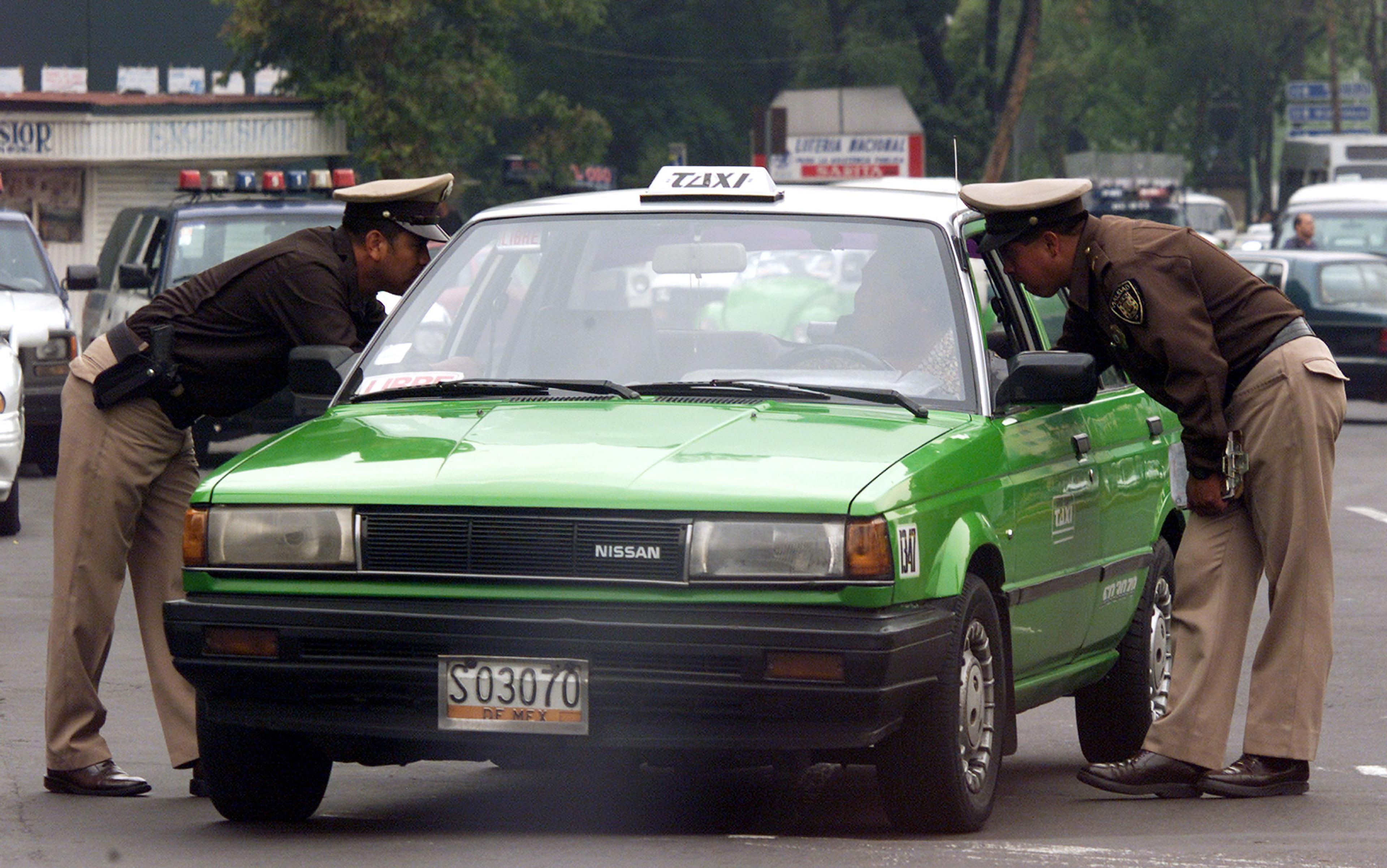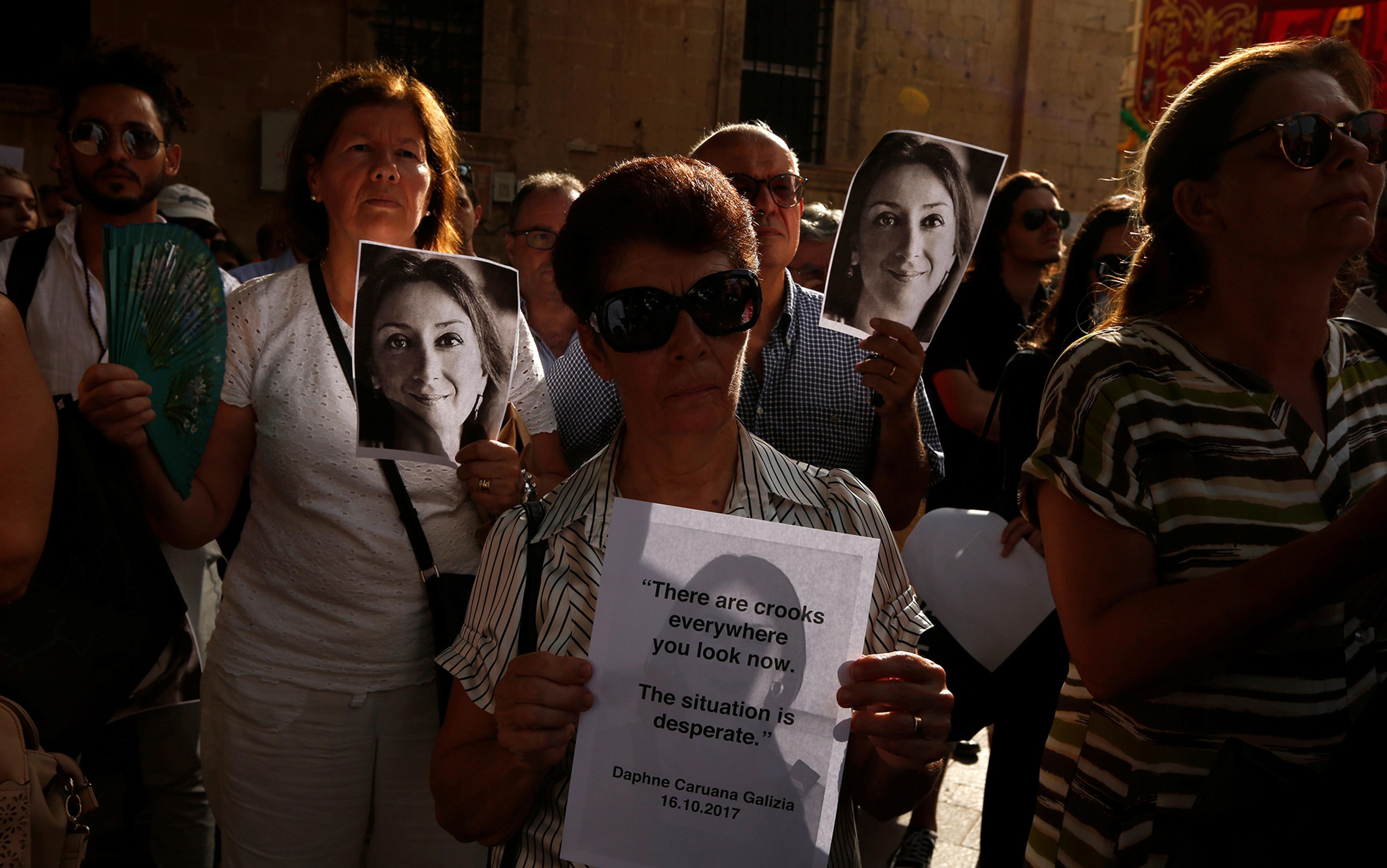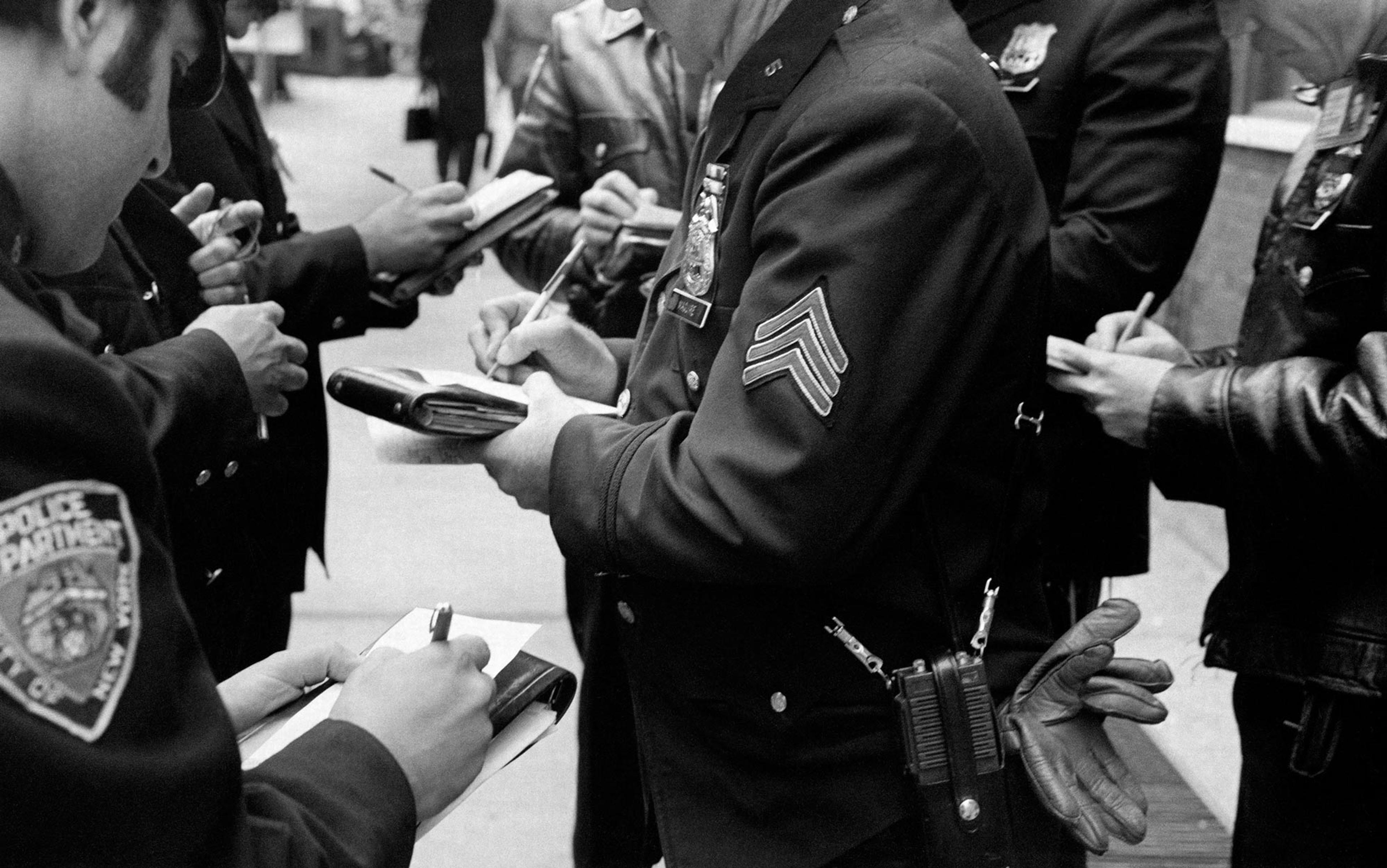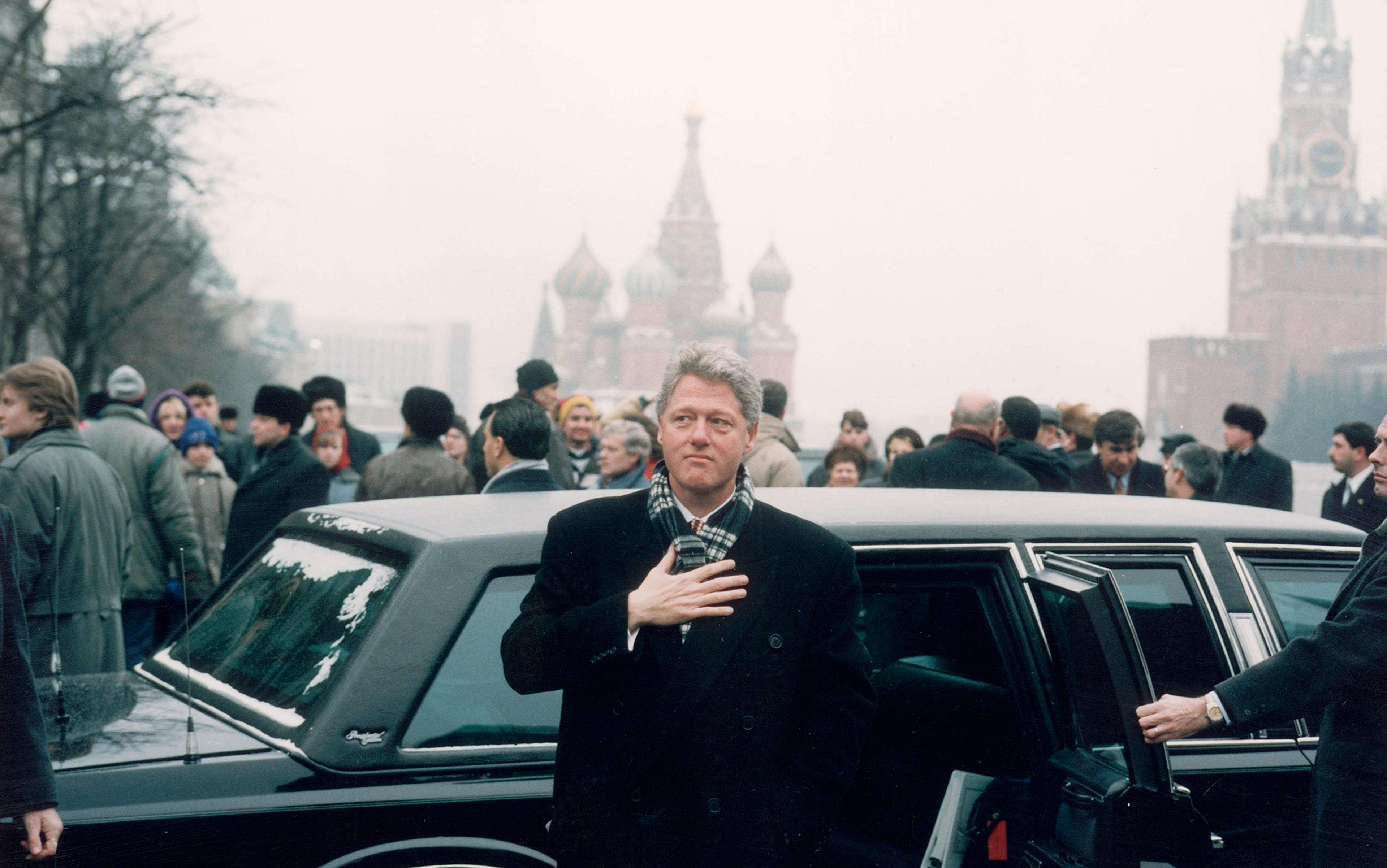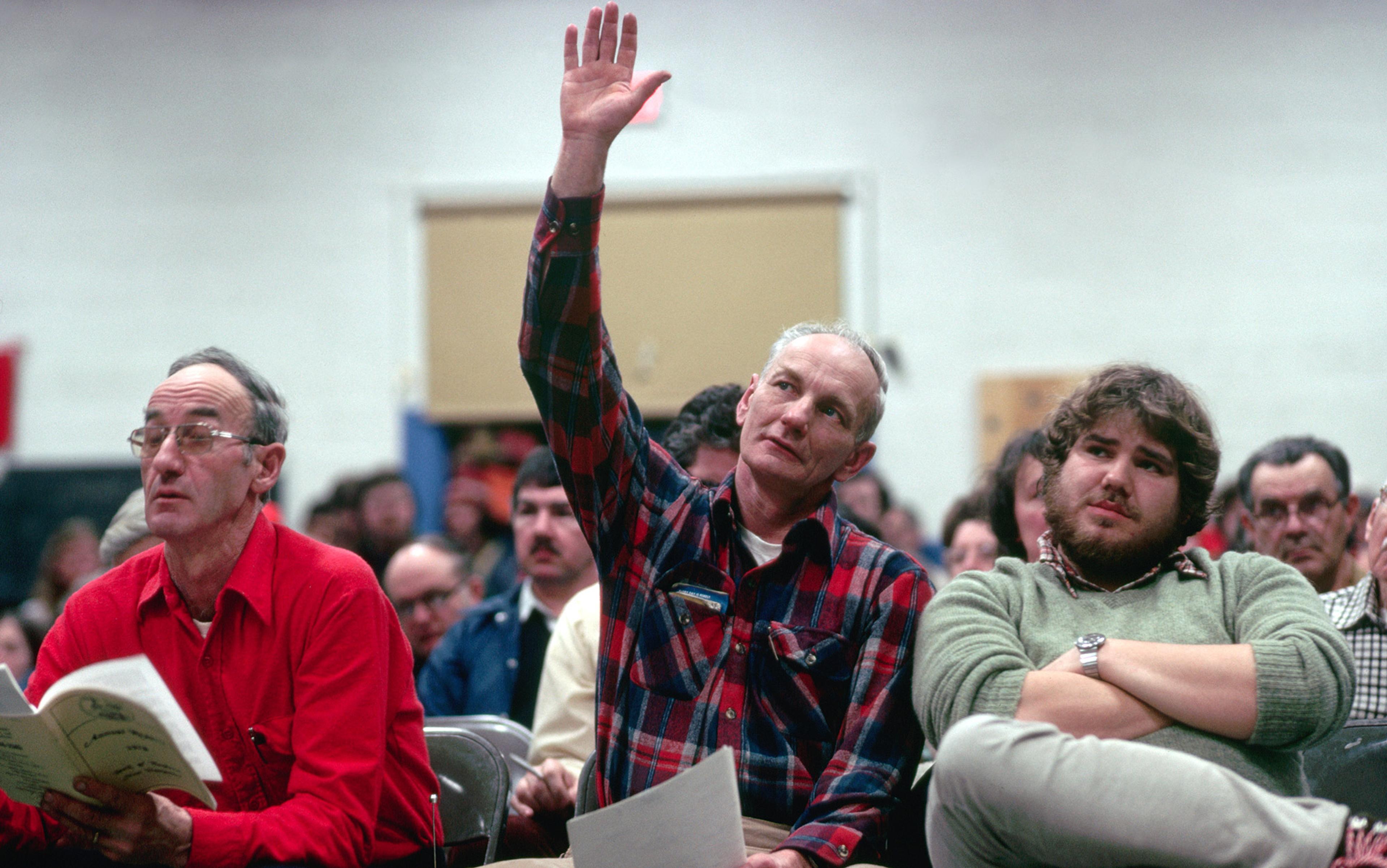In the 1970s, international development professionals settled on the following definition of corruption: the abuse of public power for private gain. For economic modellers and political sciences, this focus provided clear parameters to describe the institutional conditions that motivate government officials to make money on the side while providing public services. Bilateral and multilateral donor agencies, too, found the definition helpful to create programmes to reduce incentives for private gain by streamlining the bureaucracy, creating appropriate checks and balances involving courts and the legislature, and proposing independent bodies to monitor and address graft.
The anticorruption strategies that came out of this understanding were, at least in some cases, quite successful in making government procedures cleaner and more efficient. They also helped to lower both internal and external perceptions of corruption in those countries. Over the decades, corruption studies has become an interdisciplinary domain involving criminologists, economists, ethicists, political scientists and sociologists. Scholars now know a lot about the conditions that cause government workers to engage in illegal transactions and why they disregard what they were consigned to do as public officials – the classic ‘principal-agent’ problem. They have gleaned essential lessons about the strategies that cartels of public employees and special moneyed interests use to deform government programmes and divert money to themselves. More significantly, they have discovered how these strategies get amplified when political parties, campaign financing laws, advertisers and the media, and other players, including the legal and illegal arms industry and big oil, join hands secretly and betray the public interest.
Given the range of activities and societal processes making up corruption, it is helpful to organise them by their scale of operation. Petty corruption is used to describe illegal payments to individuals such as policemen on the street, security guards, driving licence personnel and so on, who serve as gatekeepers. In this position, they control access to bigger offices or otherwise have a bridging role in regulating routes to ordinarily assured public services. In South Asia and the Middle East, baksheesh, or gift, is associated with such payments. Sometimes, a bribe is demanded (or offered) to avoid paying a larger penalty, or a person makes a payment off the books to the official to do something illegal, such as smuggling contraband.
Petty corruption is rare in wealthy countries for various reasons, including significantly better pay for low-level government officials, more vigorous checks and balances, and general public outrage toward any violation of civic rules. Consider, for instance, how angry a Dane might get if she sees you walking in a designated bicycle lane. Compare that with the layered public attitudes of indifference, avoidance, violence and care toward one another on a busy city street in Pakistan or Nigeria. Political anthropologists have pointed out that the petty corruption of street-level encounters with the official class in Asia and Africa is tied to a whole corruption complex covering different degrees of bullying and violence, clientelism, negotiation and accommodation. Petty corruption is also often associated with what the political scientist Jean-François Bayart terms ‘extraversion’, processes by which a few local agents cultivate their strengths by forming exclusive relationships with powerful and wealthy external agents.
When petty corruption is endemic in a society, it is usually organised into gradated payoffs for a whole department or government agency. Administrative corruption is used to describe this type, where official posts can be bought and sold at fixed rates and limited periods. In turn, officials more than recover these costs by charging the public petty bribes. Tammany Hall’s machine politics in New York from the late 18th to early 20th centuries is a fine historical example of administrative corruption. Here, a complicated but well-ordered system of political patronage among contractors, city and ward bosses, judges, the police force and organised crime maintained social order well before legislative and civic reforms caused the machine to unravel. At its height, Tammany Hall’s inner circle and the contracts it managed affected virtually every part of life in New York.
Present-day examples of administrative corruption are best seen in public organisations having a substantial number of street-level bureaucrats, such as customs, motor vehicle licensing, land-revenue management, police and public health departments. Particularly in emerging economies and the developing world, these encounters work as organised harassment and extortion with painful effects on the everyday practices of the poor and disenfranchised. In the southern Indian state of Tamil Nadu, for example, investigators have recently unravelled a pattern of police corruption where a ‘rate card’ has been created to streamline bribes for different services, eg, 1,000 rupees (around $13) for a station clerk to initiate a formal inquiry on a land dispute, and up to 100,000 rupees for an inspector to agree to ‘handle’ civil disputes. Similarly calibrated rates have been reported for government hospitals and educational institutions. However, the railways and postal service in India have been notably free of these types of complaints almost since their inception, for as yet underexplored reasons.
Grand corruption refers to an entirely different order of corruption. Like a Tammany Hall-type of administrative corruption but on a national or even international scale, key actors representing political regimes and multinational corporations conspire to change the rules to protect special interests with the most wealth in financial as well as symbolic terms. Social practices may change substantially to accommodate these interests over the long term, generating new patterns and consequences that give us clues as to how exclusive networks of power manage to stay entrenched across regimes over extended periods.
The sociologist C Wright Mills in 1956 provided one of the clearest vistas of grand corruption in the United States, although he did not call it by that name. He characterised it as the ‘power elite’, a tight network of politicians, corporate executives, military brass, and their interlocking connections with the police, armed forces and organised crime, to maintain order through violence. By occupying ‘strategic command posts of the social structure’, members of the power elite control ‘the effective means of power and wealth and the celebrity they enjoy’. They extend their legacies to their immediate progeny but also inculcate private clubs of upper-class society as they do so. These clubs act as fences against the hoi polloi, but they also become hubs of admiration and are emulated at lower levels of authority. What is especially interesting about Mills’s portrayals of the power elite is that, more than simply describing the deceit of individuals, he characterised social processes. These turn out to be the emergent effects of sustained interactions across several generations among these members of interlocking elites to build routines, languages (or ‘discourses’) and expectations for the rest of US society.
It is instructive to look at other societies and their formations from the commanding heights of strategic elite power. In Indonesia, President Suharto and his tight inner circle of business tycoons, financial advisors and military aides developed in 32 years a carefully calibrated system of patronage, repression, charity and mineral wealth creation (and its redistribution to loyal clients). Strategic connections and commitments were developed between this inner circle and other elite networks all the way down to local neighbourhoods, where paramilitaries and militia groups could be mobilised to crush the opposition. The president’s personal stamp as the face of the New Order administration was vital to building these connections, with virtually every development programme having his name and image attached to it. In so doing, the regime sought to forge a common symbolic bond among those loyal to him against those who expressed any sort of cynicism and could therefore be suspected as somehow being treasonous to the nation’s path to progress. Along the way, traditional Indonesian masculinities were also mobilised, in an attempt to validate an enduring cultural form that valorises heterosexual family values, as well as the ideal of the protective father of the nation.
Six years after his dramatic resignation in 1998 during the Asian financial crisis, Transparency International reported that Suharto was among the most corrupt leaders in the world, having accumulated as much as $35 billion for himself and his family during his lengthy rule. Yet, as any observer of Indonesia will readily agree, his personal loot was hardly disconnected from the complex system of patronage that he and his cronies had built up. Indeed, Suharto’s political and financial fortunes were well aligned with those of his closest business partner, Liem Sioe Liong, who headed the Salim Group, Indonesia’s largest conglomerate, founded in the 1970s by Liem and Suharto’s proxies. The nexus of wealth and power making up the very rules of rule in Indonesia was thereby properly entrenched.
People’s ways of living are moulded in a manner that just happens to serve the wealthy and politically powerful
Peru provides a different type of insight into grand corruption. Alberto Fujimori, who was elected president of Peru in 1990, employed Vladimiro Montesinos as his advisor and intelligence chief. Between 1990 and 2000, Montesinos bribed or received bribes from hundreds of members of the bureaucracy, business executives, representatives of foreign governments, judges, legislators, military personnel, newspaper and television editors, and NGOs. We know this now only because he secretly recorded each of these transactions in tens of thousands of videos, which came to light when a couple of opposition legislators acquired one of them and telecast it during a press conference.
The elaborate network of clients managed by the Fujimori regime for a decade reveals something important about grand corruption. Grand corruption (or even administrative corruption) is not simply a matter of being an illicit transaction between two individuals. Rather, it is about the emergent effects that are created when the already powerful cultivate informal networks among themselves to make backroom deals.
These elite networks, when sustained over time, are likely to change conditions of life sufficiently for ordinary people. People’s everyday ways of living (or cultural practices) are, in turn, appropriately moulded, often without their own knowledge, in a manner that just happens to serve the wealthy and politically powerful. Yes, Montesinos and probably others, including Fujimori, seem to have made off with hundreds of millions of dollars in payoffs, but that is not the main point. Their actions created what Rajesh Chakrabarti called a ‘corruption equilibrium’ and a complex of social effects, including the betrayal of public trust, whose full long-term impacts may never be fully known.
The common denominator in all these instances is hidden networks of accidentally or already privileged, powerful people (primarily, though not exclusively, men) with central roles for surprisingly small groups of actors, who find means of rent-seeking to aggrandise wealth and power. In several cases of grand corruption, one finds deception of vast publics over protracted periods of time. Certainly in Suharto’s Indonesia and possibly to a lesser extent in Fujimori’s Peru, public betrayal also took the form of deep structures of gangsterism accompanying the regulation of everyday life by street-level bureaucracies that together supported rent-seeking by vital sections of the merchant or commercial establishment, by physically armed protectors of different types and scale, and the dominance of an inner circle around nominal or authority-wielding rulers. These rulers offer the promise of social order through protection but collect their debts as both material and symbolic payments for favours rendered. In turn, cultures of hierarchy are maintained and establish firm criteria for what is appropriate and acceptable behaviour in that society.
Other instances of grand corruption do not directly involve governments but are still rife with a similar sense of betrayal and violence. For example, the National Football League, FIFA, the Indian Premier League and many other wealthy sports organisations have frequently engaged in eye-popping scandals involving players, managers and enormous amounts of money while apparently being successful at turning the public’s attention away from their crimes by offering them the most adrenaline-charged spectacles. When we throw in examples where big pharmaceutical corporations and chemical companies work hard to rewrite technical assessments of public risk from their products, it seems fitting to connect corruption with social network theory, ideas of hegemony and ideology, and even cultural politics.
The official definition of corruption – the abuse of public office for private gain – now seems oddly tame and out-of-place against this constellation of circumstances that range from the merely dodgy to the outrageous. Indeed, corruption is an old and unpleasant word in almost any language. The Arabic fasād, Chinese fubai, Hindi brashtaachar, Latin corrumpere and Tamil oozhal all mean the same thing: societal degeneration, decay and rottenness. That ‘there is something rotten in country X’ has long been a source of collective embarrassment and shame.
Unlike many policy wonks, people living in countries in the developing world easily associate corruption with a dissolution of their societies. The rot in their countries, they will affirm, extends all the way down from populist leaders brazen with their newfound wealth to police officers harassing them daily on street corners. In comparison, although half of all Europeans are reported to feel that their governments are beset with cronyism, they would be shocked to hear examples of their own bureaucrats and street-level officials extorting citizens to provide the services. But for them, too, corruption conveys societal degeneration, not just the criminal activity of individuals.
Almost no criminal charges were filed against those responsible for the devastation in 2007-08
The political scientist Samuel Huntington argued that political societies are tragically prone to decay because their institutions of accountability, rule of law and voice tend to fall into disarray or misalignment, causing dark forces to run democratic practice and social justice into the ground. More recently, his former student Francis Fukuyama has updated this thesis. Fukuyama argues that, even when formal institutions in advanced economies try to fortify themselves, they can become so overwrought with the ‘rule of law’ that it is hard to remember that it was wealthy lobbyists who helped to create those very rules and revolving doors of government that maintained control over them. Whatever the proximate causes and whichever form of government is in place, political processes often end up favouring the already powerful. The main differences across countries have to do with how vigilant their citizens are, and the strength of their checks and balances.
In the US, symptoms of decay have been showing for more than a decade. At least four significant events point in this direction. First, after the financial crisis in 2007-08, which resulted in hundreds of billions of dollars in losses, and tens of millions of retirees and homeowners facing catastrophic financial distress, almost no criminal charges were filed against those responsible for the devastation. Second, around the same time, it became clear that the US and its allies had intentionally misled the public to wage war on Iraq. Yet, after causing untold suffering and nearly half a million deaths, the perpetrators hardly faced any consequences, even while major military contractors lined their pockets well. Third, in the case Citizens United v Federal Electoral Commission, the US Supreme Court in 2010 gave individuals and corporations a free hand to contribute to political campaigns, further tilting the course of elections toward those who could keep promises to the rich and mighty rather than to ordinary citizens. Fourth, and perhaps most despairingly for the future of US democracy as well as all life on Earth, the rise of Donald Trump and his followers have created a recalcitrant Republican Party that refuses to act responsibly in the public interest, despite mounting scientific evidence of planetary crises such as the pandemic and the climate emergency. These episodes have been attenuated by racial violence, rising inequality and economic pain, and a growing cultural divide between those with and those without college degrees.
In Corruption in America (2014), Zephyr Teachout, a professor of law at Fordham University and a candidate for New York State Governor in 2014, writes that corruption used to be associated with the loss of civic virtue and the breakdown of a sense of public good as much as declining adherence to the rule of law. In Citizens United, however, the US Supreme Court ruled that corruption must be narrowly viewed as bribery; in fact, even more specifically, that bribery is a form of quid pro quo in the limited sense of being a direct exchange of goods or legislation for money. Justice Anthony Kennedy, writing for the majority, noted:
[I]ndependent expenditures, including those made by corporations, do not give rise to corruption or the appearance of corruption. That speakers may have influence over or access to elected officials does not mean that those officials are corrupt. And the appearance of influence or access will not cause the electorate to lose faith in this democracy.
As Teachout explains, this decision and others like it are wrong because they signal a historic policy change that shirks one of the most important founding impulses of the American republic: to protect its citizens against the erosion of democracy by coteries of the powerful. She writes:
This new legal order treats corruption lightly and in a limited way. It narrows the scope of what is considered corruption to explicit deals. It reclassifies influence-seeking as normal and desirable political behaviour. It purportedly avoids difficult problems of definition. It attempts to wring the moral content out of the term corruption and tell a story about corruption that is consistent with a world populated by self-interested actors.
The Citizens United case reaffirms a recognisable atomistic view of society. Social formations are treated as aggregates of self-interested individuals whose free speech and exchange must be protected above all else. It is a reading that erases all social processes, including manifold entrenched arrangements of power, from patriarchy and racism to systemic economic exploitation, as well as the different forms of justification for the resulting patterns of power across generations. It is also conveniently aligned with a market-dominated interpretation of the world, a portrayal that reflects a long-standing bias in policy science to explain social phenomena through isolated individual actions – instead of considering the roles of history, emergent institutions, and networks. But the systemic rot that makes a society corrupt may not be apparent if we focus only on the ‘deviant behaviour’ of a few individuals.
It is helpful to view grand corruption in terms of cabals or elite networks that get entrenched in sections of a society, somewhat akin to parasitic rhizomes. A cabal is a group of co-conspirators, involving a tight inner circle and its protectors, who secretly wield extraordinary societal influence. Cabals take many forms, but their common feature is that they maintain interlocking relationships with key actors within society. As a result of this patronage, some people learn how to use local dignitaries, who are likely to be connected to the inner circle, to create better conditions for themselves. Others try to emulate them but do not always succeed. The political scientist Alena Ledeneva uses the Russian word blat to describe the widespread use of such informal and personal networks to exchange favours throughout the former Soviet Union to circumvent unreliable formal procedures. Cabals, even in democracies, can involve elected political leaders or have them in their control. When key members of cabals are elected to power, the system becomes an oligarchy or plutocracy.
One type of modern cabal is the board of any large and powerful firm. Corporate boards are bound by rules, to be sure. Still, their dominant members often play a disproportionate and hidden role in shaping the lasting interests and actions of the companies, employees, consumers and even governments. Nowhere was this behaviour starker in recent decades than in the way climate change science was systematically ‘denied’ by well-placed lobbyists under the label ‘climate sceptics’. From the 1980s onward, Chevron, ExxonMobil and Shell channelled millions of dollars to organisations explicitly created to challenge the growing scientific consensus on global heating.
Yet, scientists in these companies had very early on concluded that the release of carbon from fossil fuels and their combustion in vehicles and industrial processes contributed to rising greenhouse gas concentrations in the atmosphere that were undeniably changing the climate. These so-called ‘merchants of doubt’ and their influential networks sowed enough confusion in the minds of the public and lawmakers about climate science to stall meaningful action while they were able to get away with premium gains.
Even the most powerful conspiracies are rarely self-consciously plotted and developed
Societal degeneration – that is to say, corruption – is connected to small coteries that gain windfall payments and maintain networks of mutual favours and obligations that bypass rules of equal treatment and other forms of fairness. Grand corruption can then be seen as a multiplicity of societal syndromes involving elite network power leading to the debasement of moral order. In its most durable form, it is expressed as the ethical degeneration of societies in the longue durée, and is characterised by extreme inequality and networked cabals, or gangs linked together to maintain territorial authority.
Over time, patterns of accommodation become ossified, and occasionally these patterns experience crises. When a cabal’s carefully put-together clientelism falls apart, either because the entire system collapses or due to clean-up efforts by new leadership, there is usually chaos before new arrangements take over. The resulting societal damage may only become evident when injustices for the poorest get amplified, when the uber-wealthy and powerful engage in excessive forms of violence alongside their own decadence, and occasionally when there is societal withdrawal and anomie even in the midst of economic prosperity and relative territorial peace.
The net effect of elite network rule is to spawn widespread social practices that settle into established patterns. These cultural arrangements might reproduce injustices that slowly betray public trust and, indeed, corrupt that society until republican (or counter-hegemonic?) forces demand the use of public law and other instruments to restore moral order in society. Across several generations, elite networks and grand corruption can be seen in a different register than in the contemporary cases described above. Even the most powerful conspiracies are rarely self-consciously plotted and developed but instead display their own syndromes as they gain strength over time. This is a sense of corruption in terms of cabal-generated slow societal decay that is so subtle and persistent that it signals the formation of particular cultures (that is, patterned ways of living) in which the signature of the cabals may only be revealed once or twice, if at all, over several legacies of lifetimes.
Corruption in these diverse forms need not be seen as a foregone outcome in all societies. It is certainly not in any foundational sense a basic feature of human beings. Rather, it is helpful to view it as an emergent syndrome that follows the logics of imperial strategies that became familiar to humanity only in the past few thousand years. In their most recent form, such cabal effects can be characterised as predatory capitalism, virulent in its extractive power and ability to establish protection rackets under the guise of democracies, while ensuring that the vast majority of people are firmly (and rightly) in their place.
